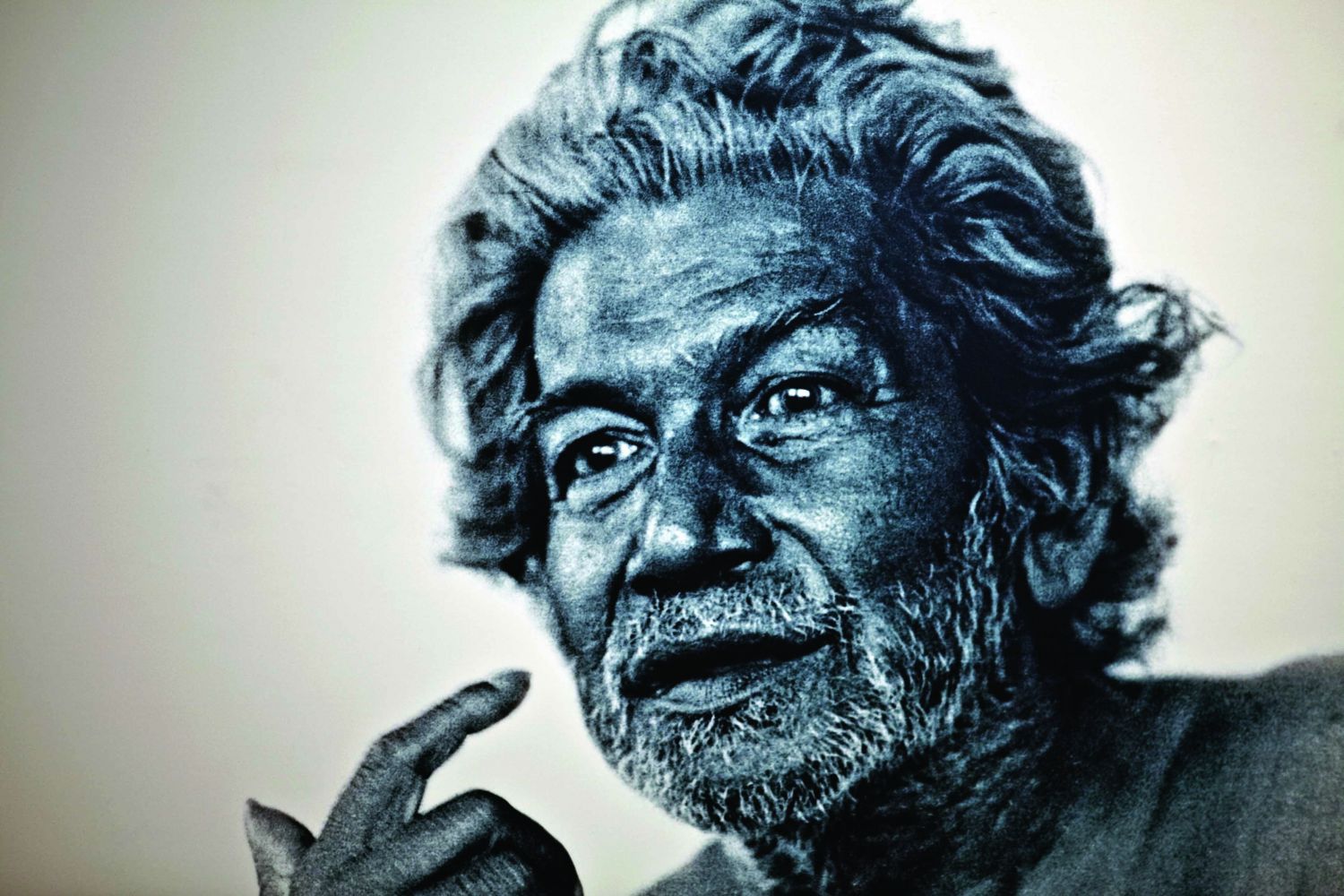
Ramkinkar Baij
(1906-1980) was an artist’s artist, and therefore little known in his own
country, where art is largely the pre-occupation of the microscopic elite. The
National Gallery of Modern Art, New Delhi, under the stewardship of its
director Rajeev Lochan, has done a signal service to the nation by organising a
huge retrospective exhibition of this great master, who had all but faded from public
memory.
He belonged to the
barber community and ordinarily there would have had lit





